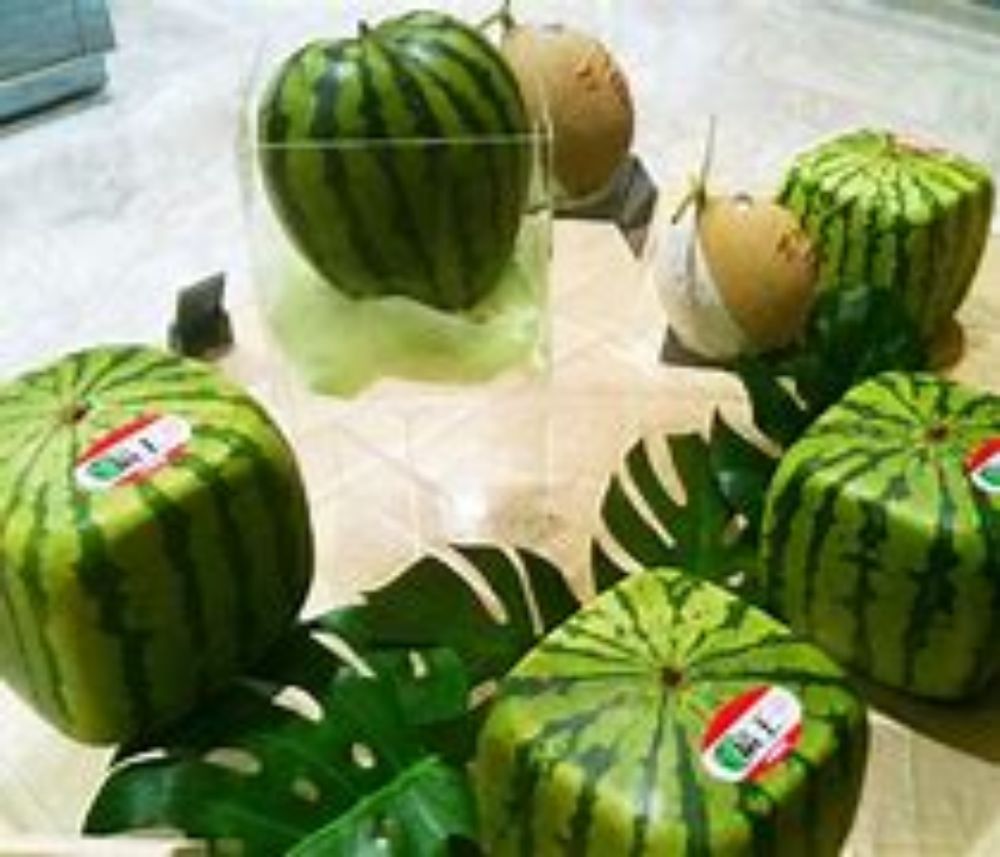

The fact that the people of Japan enjoys a long life expectancy is reason for celebration. Japanese people have one of the longest life expectancies in the world, living an average of 83 years. Japan's Okinawa is known as the "land of immortals" due to the high percentage of elderly residents there. To learn the secrets of the Japanese people's long lifetime, scientists have studied them for years. It is thought that a person's diet may have an impact in this area.

2.Japan Is Highly Prone to Natural Disasters
Japan is situated in one of the areas of the world that is most vulnerable to natural disasters. The entire nation is located in the perilous "Pacific Ring of Fire," a region that is extremely vulnerable to tectonic activity that cause volcanic eruptions, earthquakes, and tsunamis. Around 108 volcanoes are active in Japan. The area is also hit by typhoons. Several major natural catastrophes have struck Japan in the past, yet each time the Japanese people recovered quickly and rebuilt their country.
Japan is situated in one of the areas of the world that is most vulnerable Square watermelons are grown by farmers in Japan, who sell them for absurd prices that can reach as high as $860 abroad. These watermelons are raised in boxes, which forces them to develop into squares. These fruits are simpler to move around, cut, and store. In Japan, they are frequently given as pricey gifts.

4.Origami Originated in Japan
Paper folding technique known as origami is frequently connected to Japanese culture. Origami seeks to create intricate shapes and gorgeous creations from simple sheets of paper. Origami has been a traditional art form in Japan since the Edo era in the early 17th century.
5.Sushi and Sashimi Are from Japan
The foundation of sushi, a classic Japanese cuisine, is short-grain rice that has been lightly vinegared. It is then topped or filled with a variety of ingredients, such as salmon, tuna, tofu, seafood, veggies, chicken, wasabi, etc. Sashimi typically includes a thinly sliced raw fish or meat with an optional serving of rice. With globalization, restaurants serving Japanese cuisine have opened in many parts of the world. People of all nations now eat sushi and sashimi, with the former being more popular than the latter.

6.. Sumo Wrestling Originated in Japan
Sumo is a full-contact wrestling style that originated in Japan. Here, the wrestler known as rikishi attempts to knock the adversary out of the ring or force him to contact any part of his body other than the soles of his feet to the ground. The sport's lengthy history includes many ritualistic components. It's frequently referred to be a Japanese martial art. People who participate in this sport must adhere to strict traditions and reside in heya, or community sumo training stables.


